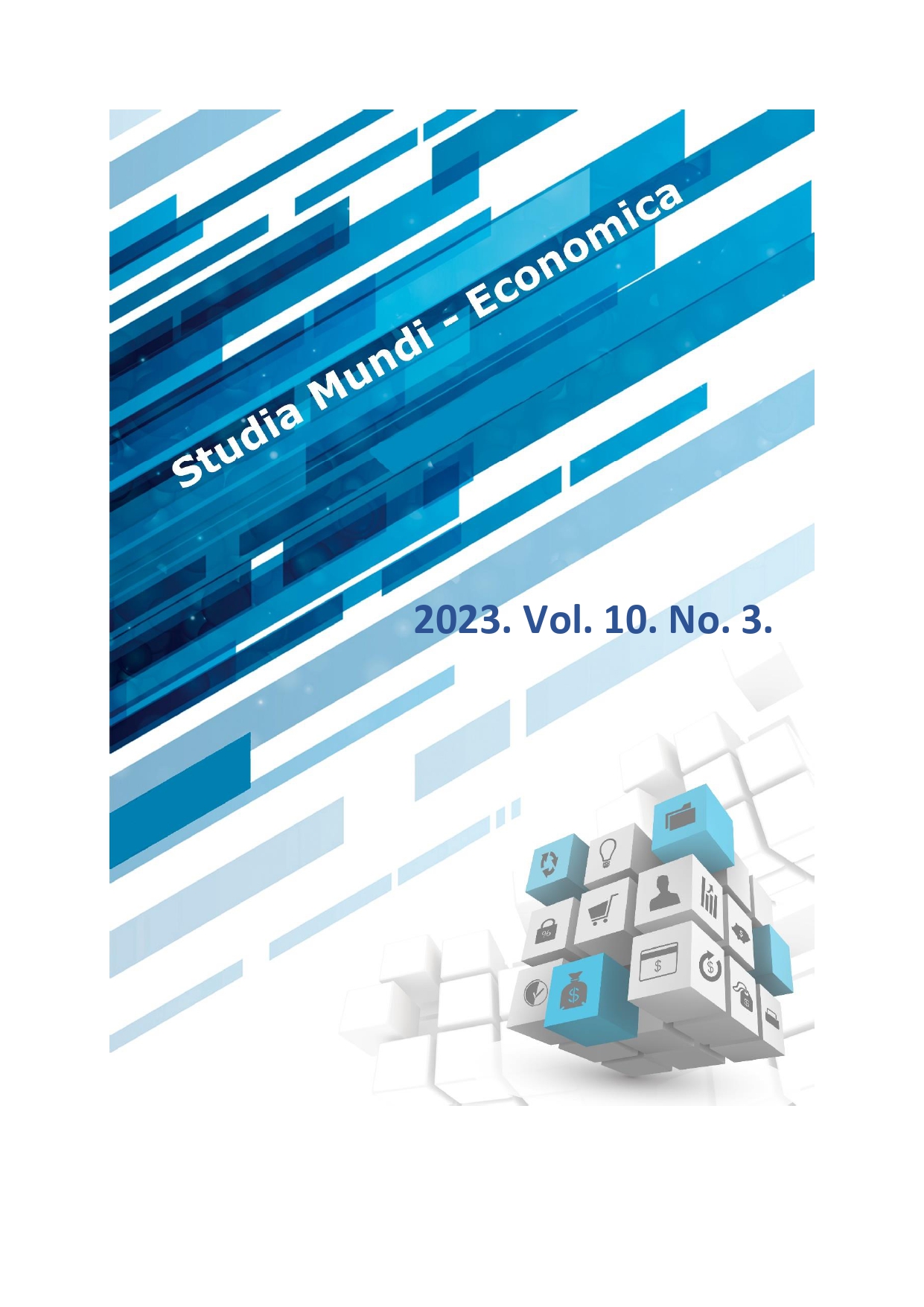Investigating and ranking the factors affecting the failure of entrepreneurship development in the tourism industry
DOI:
https://doi.org/10.18531/sme.vol.10.no.3.pp.80-94Keywords:
Entrepreneurship development, tourism industry, hierarchical technique, Shiraz ytiC (Iran)Abstract
The aim of this study is to investigate and prioritize the factors that contribute to the failure of entrepreneurship development in the tourism industry in Shiraz, using the Analytical Hierarchy Process (AHP) method. The first step involved reviewing the scientific literature and consulting with experts to identify 20 factors that affect entrepreneurship development in the tourism industry, which were then grouped into five main factors. A hierarchical decision tree was created to guide the research process. The opinions of 22 experts and specialists were obtained through a paired comparison questionnaire designed specifically for the AHP method. Factors were then weighted and ranked using the AHP technique and Choice Expert software.
The findings indicate that the primary factors contributing to the lack of progress in entrepreneurial development within the tourism industry of Shiraz City can be categorized as follows: services-related factors hold the highest significance, personal and psychological factors follow closely in second place, social and cultural factors, economic policies, government laws, and financial and economic factors hold the subsequent importance levels, Furthermore, the sub-factors within each main category were assessed and ranked, leading to the formulation of practical recommendations based on these priorities.
References
Bishami, B., Saghaii, M., Arami, Maryam., (2017). Investigating the role of tourism capabilities of Edavieh Bar Road Development of tourism in Fars province. Soc Sci 173–208.
Fatima, U., Naeem, S., Rasool, F., (2016). Tourism and Travel Commons Recommended Citation Recommended Citation. International Journal of Religious Tourism and Pilgrimage 4. https://doi.org/10.21427/D7W43S
Garrod, B., Wornell, R., Youell, R., (2006). Re-conceptualizing rural resources as countryside capital: The case of rural tourism. J Rural Stud 22, 117–128. https://doi.org/10.1016/J.JRURSTUD.2005.08.001
Hardan Suleiman, J.S., Mohamed, B., (2011). Factors Impact on Religious Tourism Market: The Case of the Palestinian Territories. International Journal of Business and Management 6, 254–260. https://doi.org/10.5539/ijbm.v6n7p254
Ismagilova, G., Safiullin, L., Gafurov, I., (2015). Using Historical Heritage as a Factor in Tourism Development. Procedia Soc Behav Sci 188, 157–162. https://doi.org/10.1016/J.SBSPRO.2015.03.355
Mazloumi, N., Jalali, S.H., (2012). Social networks and the success of Iran’s tourism policy. Tourism Management Quarterly 25–48.
Mohseni, R.A., (2009). Sustainable tourism in Iran, functions, challenges, and solutions. Geographical space 149–171.
Pulido-Fernández, J.I., Casado-Montilla, J., Carrillo-Hidalgo, I., (2019). Introducing olive-oil tourism as a special interest tourism. Heliyon 5, e02975. https://doi.org/10.1016/J.HELIYON.2019.E02975
Sanadgol, M., Sharifinia, Z., (2017). Survey of Developing Tourism Problems (Case study: Ghaemshahr). Geography (Regional Planning) 6, 71–83.
Semiromi, M.R.B., Nazifi Naeini, M., Abbaspour, S., (2013). Effective Factors on the Iranian Foreign Tourist, with the Neural Networks Approach. Payam Noor University Research Unit 113–130.
Shahriari, M.R., (2022). Investigating the Relationship between Social Security Indicators and Loyalty of Foreign Tourists (Case Study: Shiraz City). JOURNAL OF SUSTAINABLE REGIONAL & URBAN DEVELOPMENT STUDIES JSRUDS 84–100.
Timothy, J.D., Wall, G., (1995). Tourism Accommodation in Asia Historic City. Journal of Tourism Studies 6, 68–84.
Visi, H., Mehmandoost, K., (2015). Investigation of the Obstacles to the International Tourism Development in Iran (With Emphasis on Inbound Tourism). International Quarterly of Geopolitics 135–156.
Wang, J., Huang, X., Gong, Z., Cao, K., (2020). Dynamic assessment of tourism carrying capacity and its impacts on tourism economic growth in urban tourism destinations in China. Journal of Destination Marketing & Management 15, 100383. https://doi.org/10.1016/J.JDMM.2019.100383
World Travel and Tourism Council, n.d(2023). Travel & Tourism Economic Impact | World Travel & Tourism Council (WTTC) [WWW Document]. URL https://wttc.org/research/economic-impact (accessed 5.30.23).
Ziaabadi, M., (2016). Presenting and Prioritizing Sustainable Tourism Indicators.
Downloads
Published
Issue
Section
License
Copyright (c) 2023 Hadigheh Morabi Jouybari, Ritter Krisztián

This work is licensed under a Creative Commons Attribution-NonCommercial-NoDerivatives 4.0 International License.
A folyóirat Open Access (Gold). Cikkeire a Creative Commons 4.0 standard licenc alábbi típusa vonatkozik: CC-BY-NC-ND-4.0. Ennek értelmében a mű szabadon másolható, terjeszthető, bemutatható és előadható, azonban nem használható fel kereskedelmi célokra (NC), továbbá nem módosítható és nem készíthető belőle átdolgozás, származékos mű (ND). A licenc alapján a szerző vagy a jogosult által meghatározott módon fel kell tüntetni a szerző nevét és a szerzői mű címét (BY).






